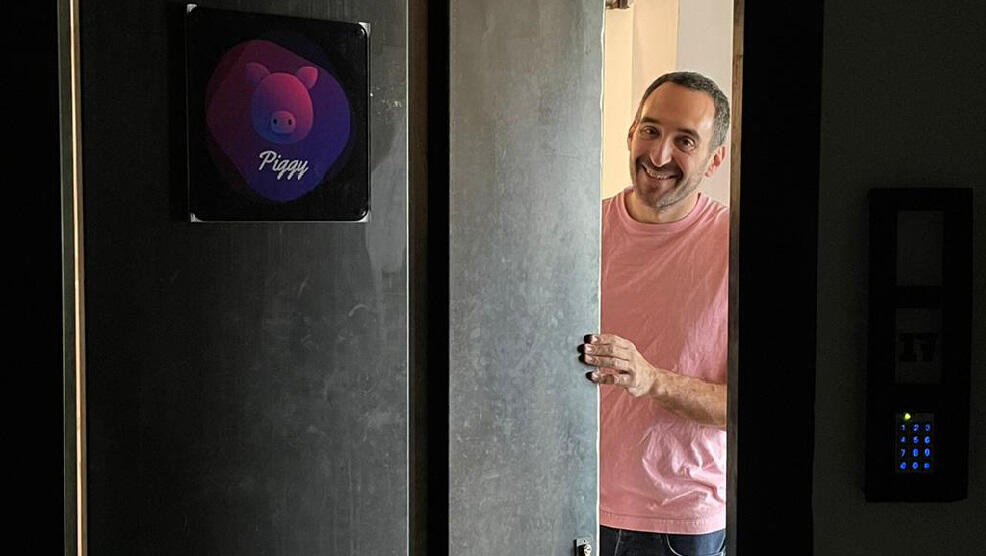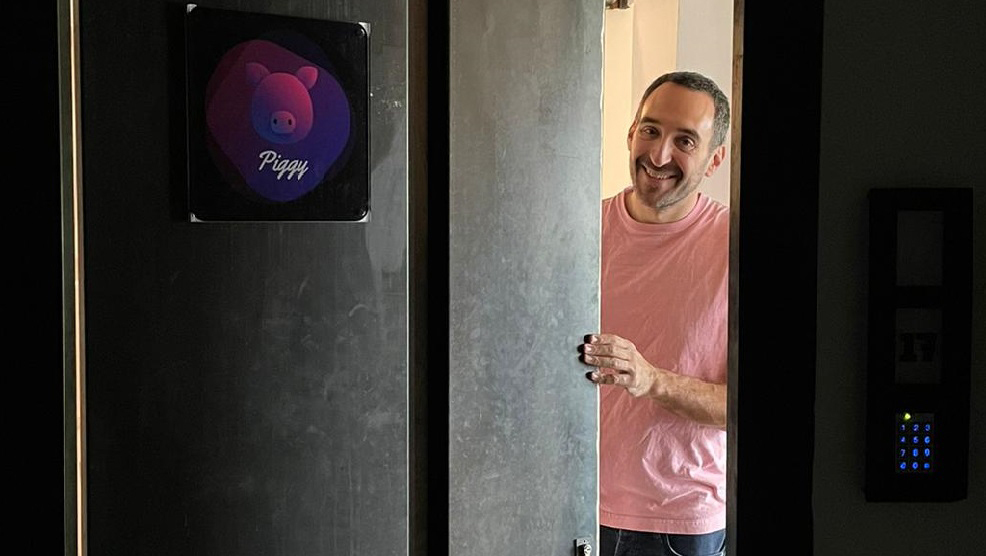
Round B
Another turning point, a fork stuck in the road
The time has come to pick a direction. We can’t continue development for much longer before determining a more precise direction for the future of our product and company
Shaul Olmert | 22:11, 20.05.21
Around two weeks ago it happened. Sergey hit a key and the application we developed over the past six months hit Apple’s and Google’s app stores. Shortly after it went live the riots began in Jerusalem, and later in additional cities, and barrages of rockets and anti-missile interceptors painted the skies above. The causal relationship between the rockets and riots and the launch of our application may not have been proven just yet, but for our 10-person team working on the development of the app day and night it was an expression of the emotional turmoil we were feeling. With the initial excitement subsiding, we are now stopping for a moment to try and analyze what we can learn from the initial feedback we are receiving.
The vision that had brought us to found the company was that we saw that teenagers are very creative and have a great need to express themselves, a need that is expressed in sophisticated traps known as “social media” such as Instagram and TikTok, which succeed in culling innovation and originality from these teenagers and create a widespread discourse regarding their creations. On the other hand, when they are asked to write an essay for school, or express themselves in writing, they usually come up with creations that are of far lower quality and far less “communicative”. That is why we decided to create a mobile application that will allow girls and boys (and also young adults, but that is it - if you are over 35 please don’t come!) to express themselves with a set of tools they recognize from social media, something with the look and feel of a Snapchat or Instagram “story”, not to create online posts and receive likes, but rather to create more significant content.
That is more or less what appears in our first and very initial version of our product. We have created a set of basic creation tools, a sort of upgraded word processor for a mobile phone, that allows to create a type of multimedia stories and store them as a personal document. The creation process is still somewhat limited, and there are occasionally some bugs and compatibility issues, but generally speaking - it is possible. And when we gave experienced content creators our platform to express themselves with, it resulted in several stories, or documents, or piggies, as we call them, that weren’t bad at all. Even the consumption of the content is working pretty well. We are seeing that a vast majority of the people that were sent a piggy, consume it from start to finish, spending many minutes reading the content and also sent the creator (and us) encouraging feedback (here
is one example of an interesting creation done on Piggy). So far so good, but we have reached an important crossroads and need your advice to decide in which direction to head.
One possible option is to try and create an alternative to word processors and to position the tool we developed as a tool for creating documents. Essays, school or university projects, letters, and resumes don’t need to all be boring, formational, and textual the way they have been since the age in which the way of sharing documents was by printing them on paper. Instead, they can include videos, emojis, effects and filters, interactive elements and be more authentic and less formational. Basic research has shown that teachers, for example, are very open to receiving homework from students in new formats because they understand that such a creation comes far more naturally to the students and results in much higher quality. Only recently it was published that TikTok is launching a service to help youngsters create resumes via TikTok instead of a word processor, and in networks like Instagram there are more creators popping up that aren’t trying to attract attention through photos of fake riches or sculptured bodies in revealing swimwear, but rather by telling more deep and complex stories.
Another possible option is to try and create a social network in which the traded commodity is our ideas and thoughts, rather than us. Instead of trying to amass likes and sell ourselves with tempting photos or superficial statements, we will use our application to express ideas and thoughts and create “posts” and “columns” with a language that is fluent and visual to create and consume, and create a surroundings people will come to in order to consume content. Without likes, without ads that use our personal data to promote commercial products as if they were content, but just a resource of content created by people that can be consumed by other people if they are interested in it. So, for example, I could publish reviews of books I read, or recipes, or thoughts on technology or short stories, and you could follow any of those categories. I don’t think this is going to replace the big Facebook, but to anyone who understands that social media also has an addictive aspect and encourages superficiality, this could be an interesting alternative.
Each of these directions requires a completely different product. In the first, we would place a greater focus on caring for the text, editing shared documents, and managing personal documents. In the second, we would focus on filtering and sorting content and on the ability to identify interesting content and recommend to people content that is personally suited for them. In other words, the first is the evolution of a word processor like Google Docs, and the second is the evolution of blogging platforms like Twitter or Medium.com. In both cases, our target audience would be the generation that grew up on mobile and social, and in both cases, the creation tools that we developed would be the base for the future application.
So how do we move forward from here? We can’t continue development for much longer before determining a more precise direction for the future of our product and company. We need to select our northern star, devote ourselves to it, and chase it with all our might. And for that to happen we really need to make a decision at this time. The difficulty isn’t in selecting one of the aforementioned directions, as both are very appealing to us and we believe they are necessary, but selecting which one to pass up on. And with which tools will we manage this process?
The first, and most important, stage is to listen to your heart. To first ask ourselves what we really believe in. I always try and word the question this way: “With which of these directions am I willing to fail wholeheartedly?” I’m not wishing for us to fail, God forbid, but as statistics show that the chances of success aren’t great, I always remind myself that you must go with something you really believe in and are connected to so that if you fail you will know that you did so while chasing something real. A failure that comes from going against what your heart told you is far more difficult in my opinion.
The second stage is to conduct “research”. I added quotation marks as the research tools at our disposal, especially in an era in which information is so readily available and easy to locate, are limited. If we only want we will find all kinds of essays, data, and opinions of experts that will justify our thesis. At the same time, we can also find essays and data that would prove the opposite. It is all a question of what you want to find, as it is very difficult to validate in a decisive and statistically significant manner an answer for the research question.
There are only two things left to do: The first is to try. We are building a sort of prototype for each of these directions in order to get a deeper feeling and experience it from closer. The second is to consult. So luckily we have you. If you read this far and have an opinion, thought, idea or advice - we’d be happy to hear it here
(although it would be preferable that you try our app first here).
Either way, I’ll continue to keep you updated on our journey, which has recently become more and more fascinating.
